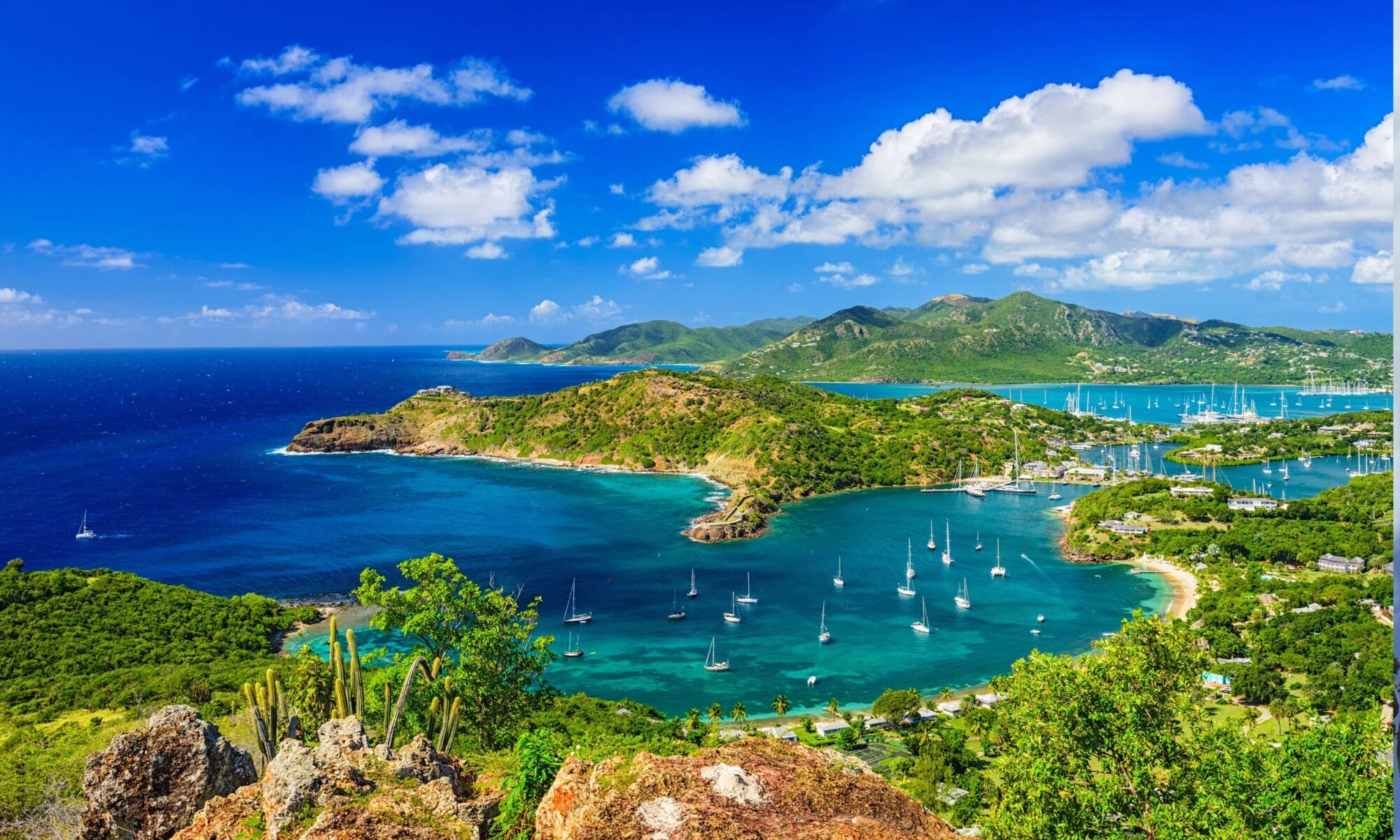Just 3 hours from Miami and 8 from London, is Antigua, the largest island in the nation of Antigua and Barbuda. Whatever time zone you’re coming from, the moment you set foot here, you’re walking in island time.
Christopher Columbus claimed this island for Spain when he sailed past in 1493, but he was in too much of a hurry to stop. Don’t go making the same mistake he did, or you’ll miss out on some of the best beaches and mellowest vibes the Caribbean has to offer.
Antigua’s capital is St John’s, built by British traders 150 years after Columbus first rushed by. High on the hill, The Big Church looks down upon a town of plantation shutters, iron roofs, and colors as bright as our spirit. Mix up a little history and shopping, down by the city’s quays, where old shop-houses have been given new life as cafes, bars, and duty-free boutiques.
The National Museum
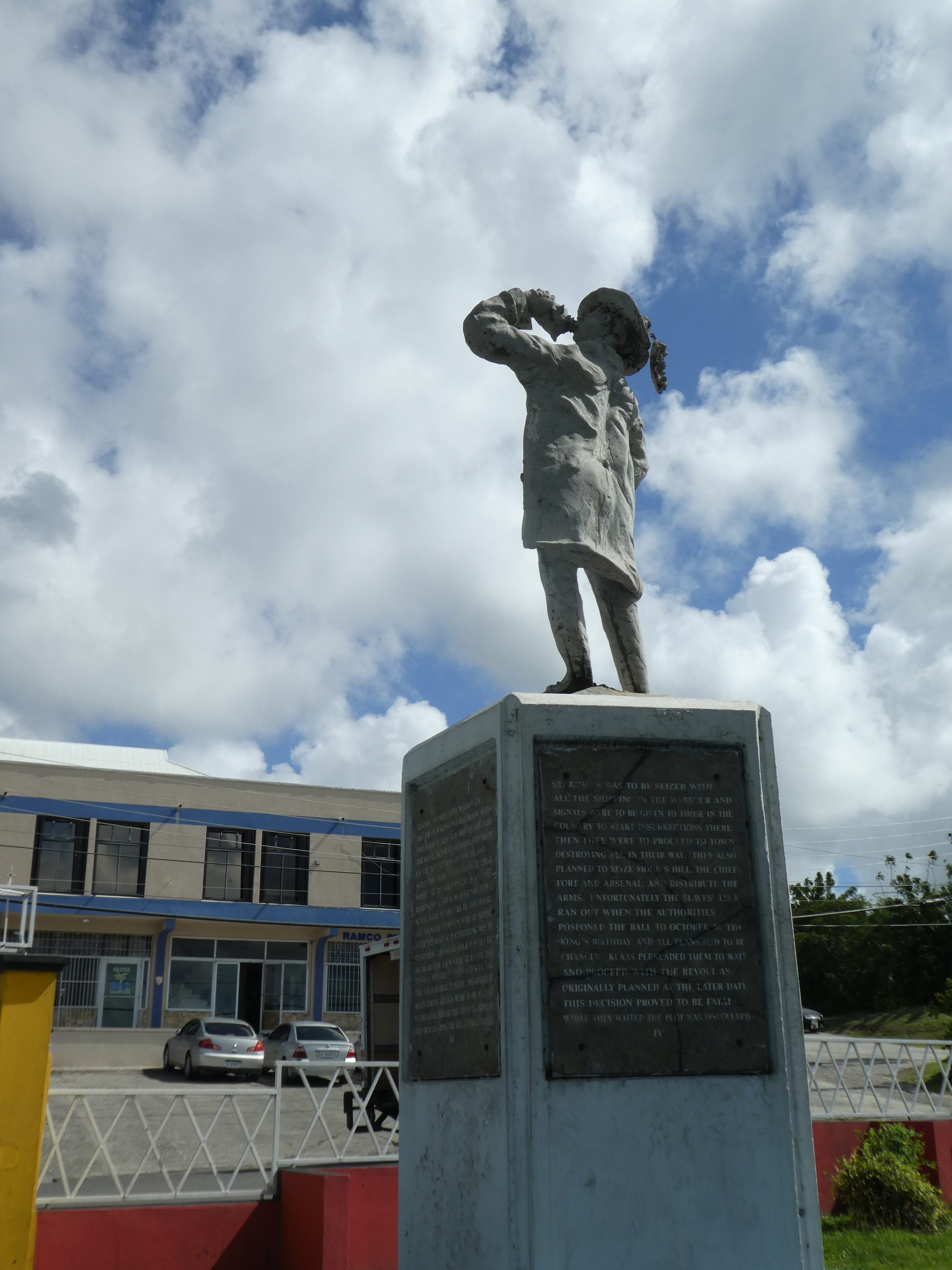
Take a break from the noonday sun in the cool shade of the old Courthouse, now the home of the national museum. From the days of sugar and slaves to cricketing legends, the story of Antigua is all here to touch and enjoy.
The Ramparts of the harbor’s fortifications

Spend a lazy afternoon walking the ramparts of the harbor’s fortifications, whose cannons made sure that pirates and other mischief-makers stayed well out to sea.
When the hustle n bustle of St John’s gets too much, there’s a whole island waiting to meet you.
The Runaway Beach and Dickenson Bay

Just to the north of St John’s, you’ll find Runaway Beach and Dickenson Bay. These beaches have everything a sophisticated beachcomber could need, from the purest sands to some of the finest resorts in all the West Indies. And the sunsets are pretty fine too.
Betty’s Hope

On the island’s Eastern side, spend an hour or two at Betty’s Hope, the queen of all Antigua’s sugar plantations.
The island was once covered with over one hundred mills just like this, whose great sails turned slowly in the trade winds, each one crushing up to 200 tons of cane per week.
Devil’s Bridge
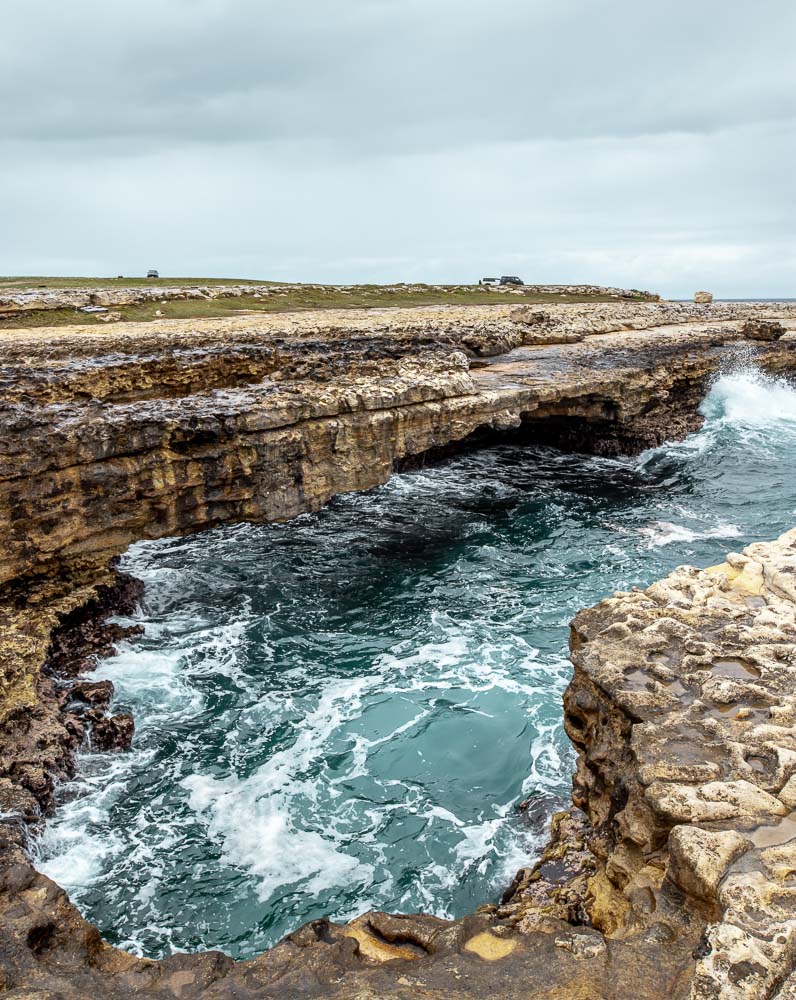
A few miles east from Betty’s Hope, feel the power of the trade winds again, at Devil’s Bridge, a natural arch carved by Atlantic waves pushed all the way from Europe.
Long Bay
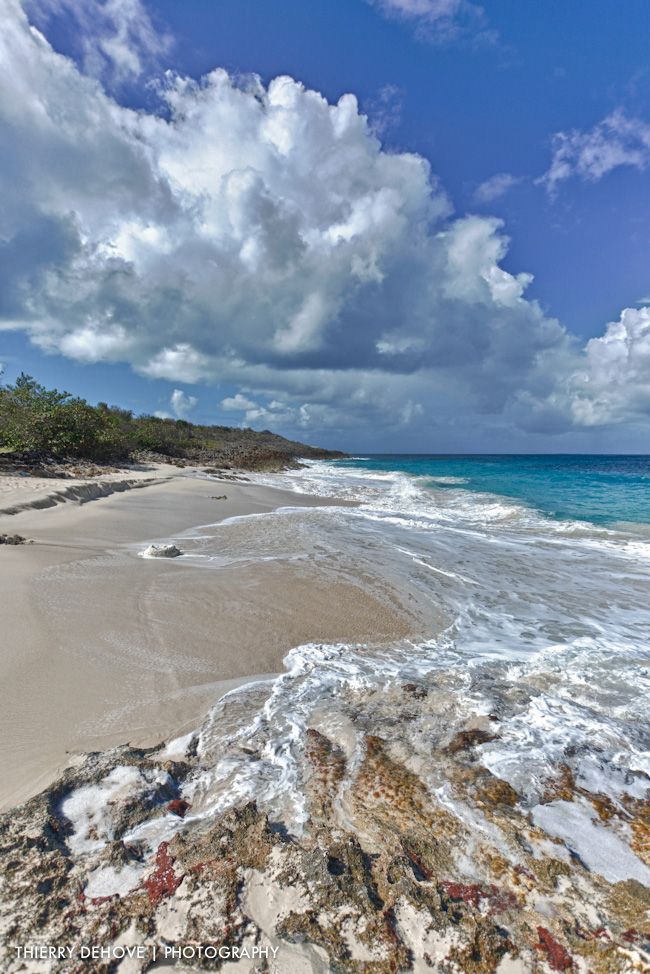
When it’s time for some gentle rhythms, cool off in the sheltered waters of neighboring Long Bay.
Half Moon Bay and Mamora Bay
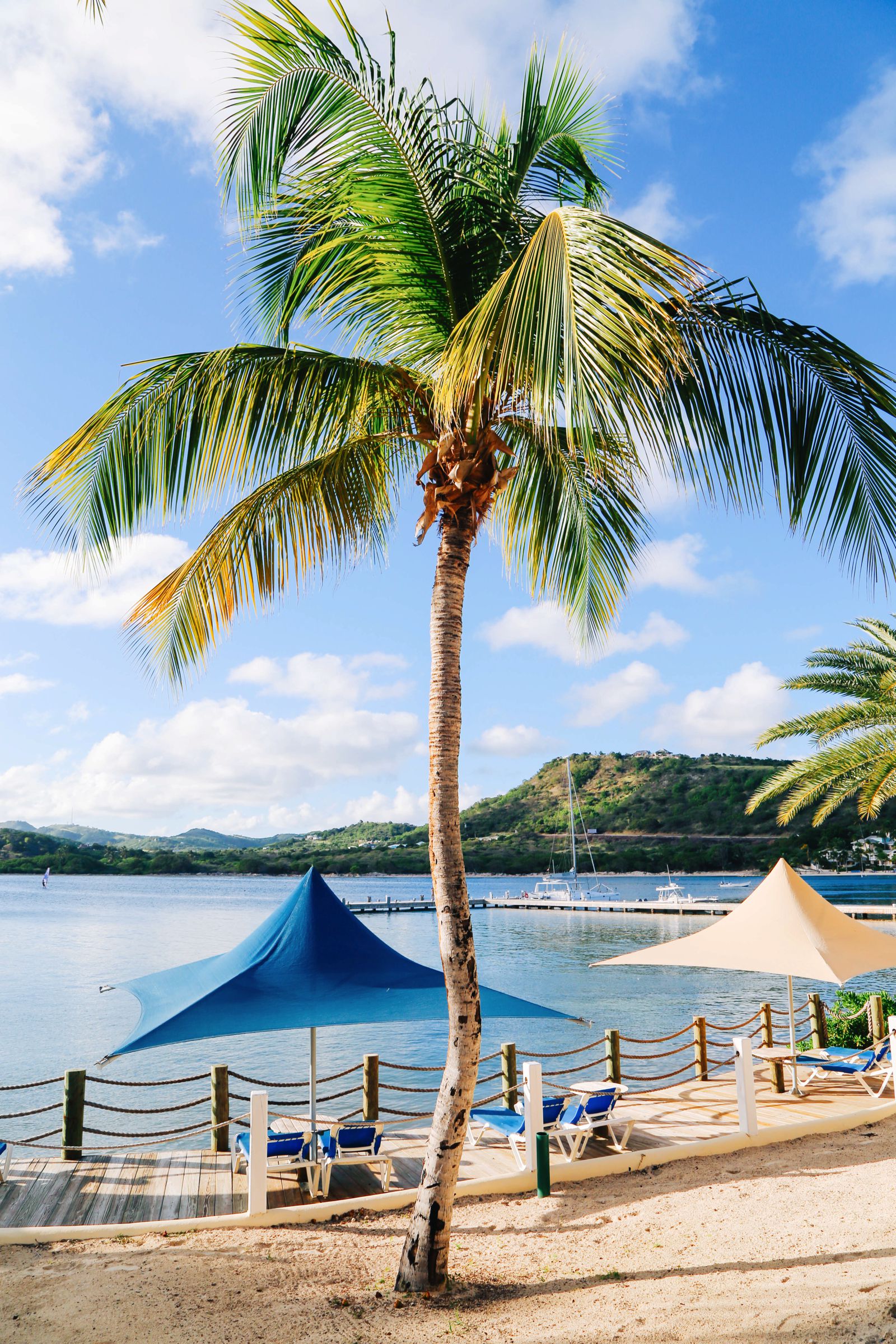
Or let the breeze carry you further around the Island, to curvaceous beauty spots like Half Moon Bay,…and Mamora Bay.
English Harbor
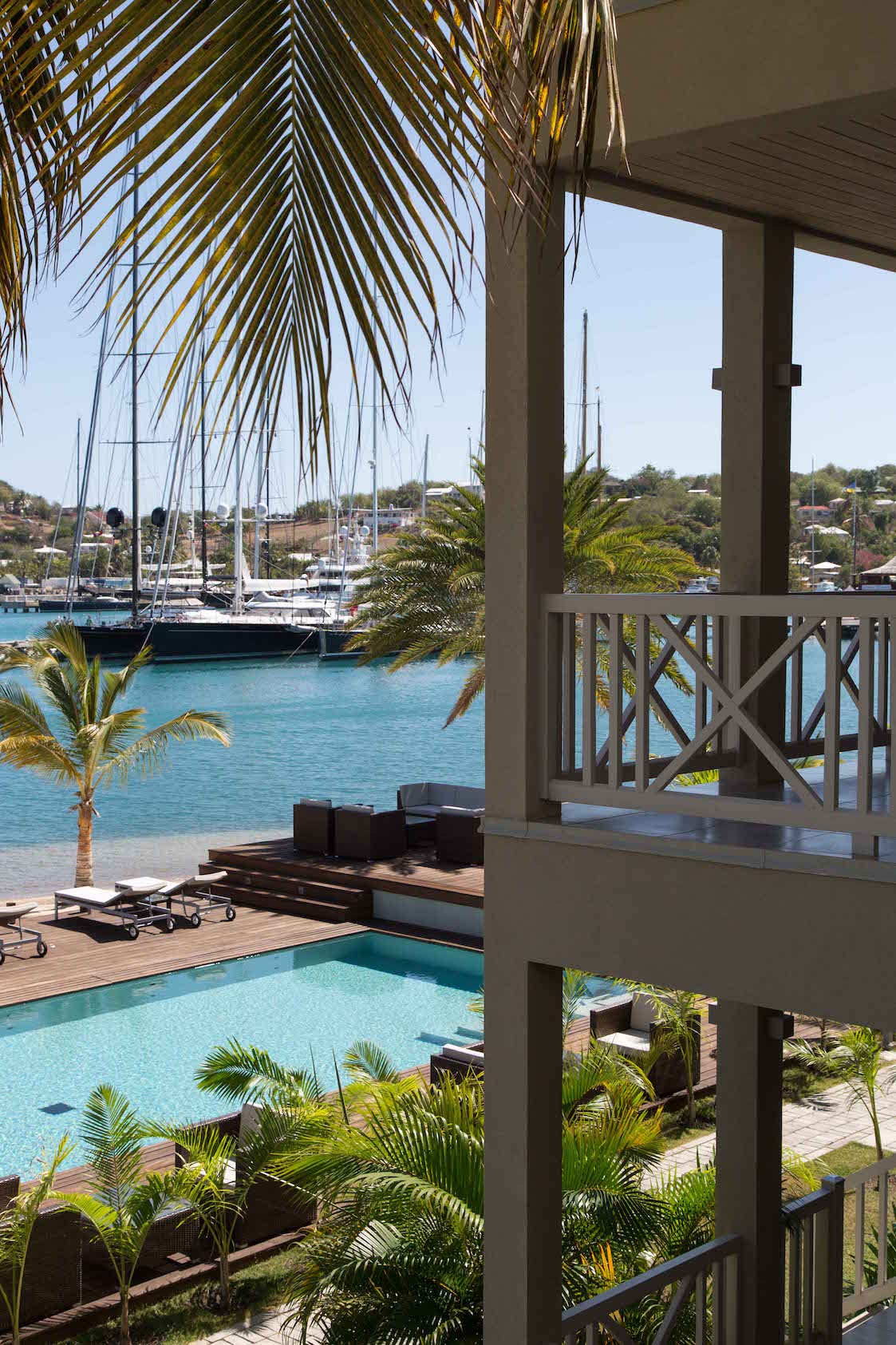
Sooner or later you’ll wind up at English Harbor, once, one of the Royal Navy’s most important bases, today, the prettiest town in the islands south. Hi-Tech yachts have replaced the great ships of old, and the timber and gunpowder stores are now boutique hotels. Hi-Tech yachts have replaced the great ships of old, and the timber and gunpowder stores are now boutique hotels.
The Nelson’s Dockyard
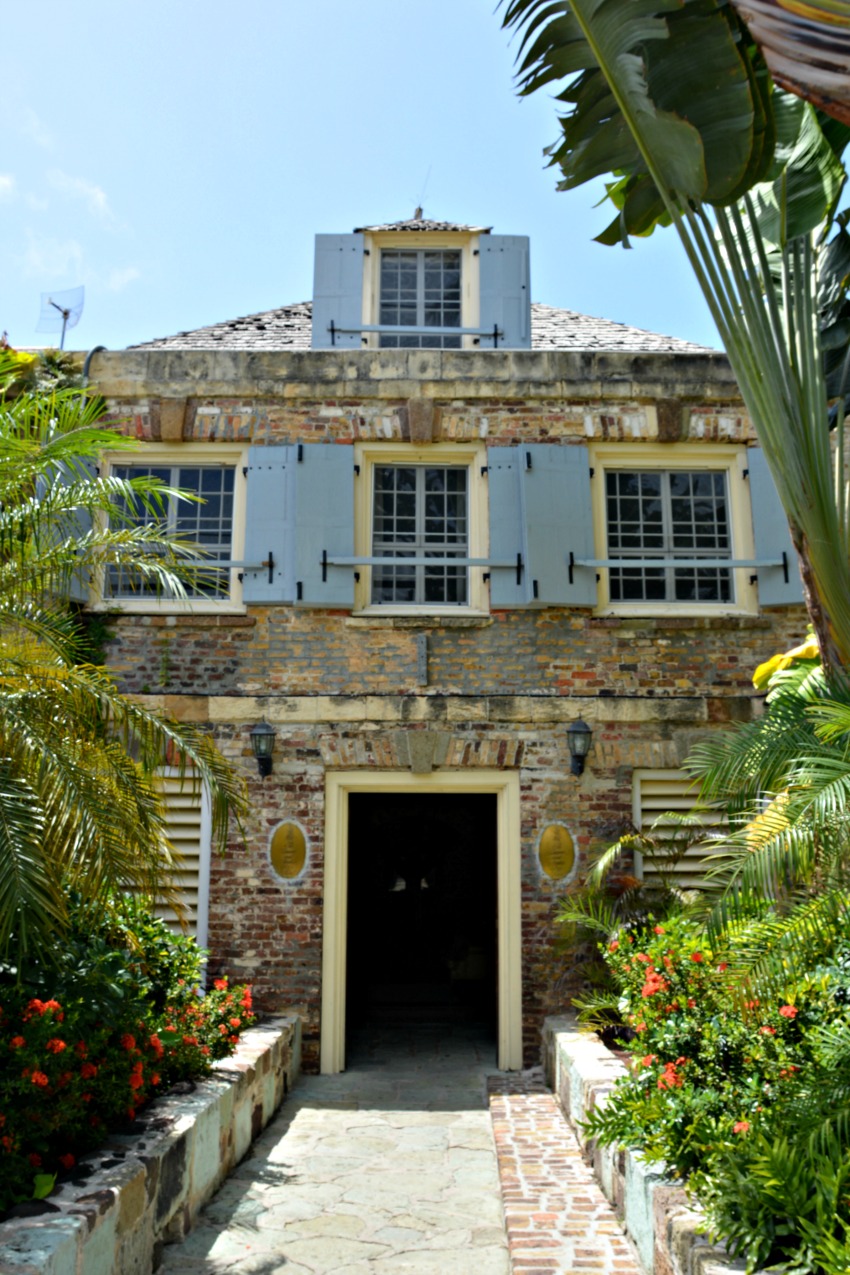
But the smell of rum and tar still lingers around the Nelson’s Dockyard, …in the windlasses that pulled weary ships ashore for repair, and in the former officers’ quarters which now celebrate the great age of sail.
Clarence House

Head up the hill to Clarence House, and share the same views that admirals, governors, and visiting royalty once enjoyed.
Shirley Heights
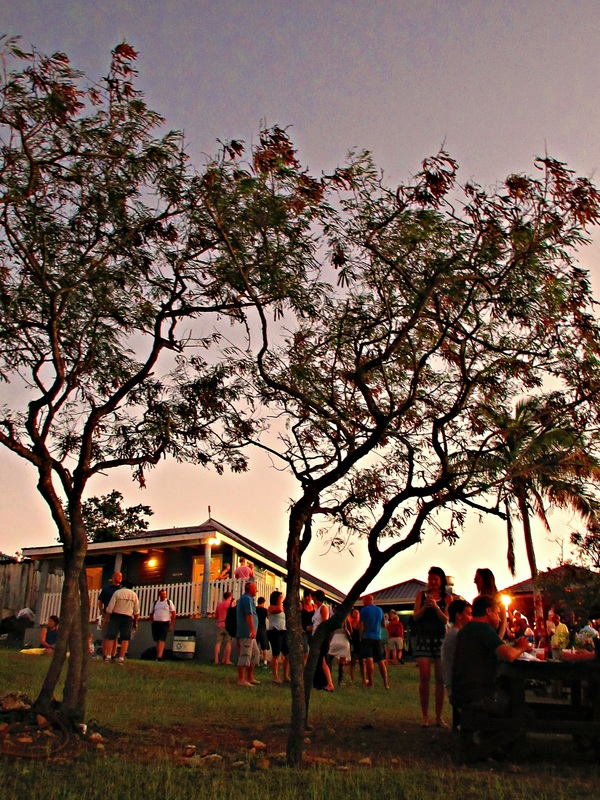
For even bigger views, keep climbing, to Shirley Heights. Once a place where lookouts scanned the horizon for prowling ships, today it’s the perfect place to catch the breeze, …and think about your next swim.
Beaches in Antigua
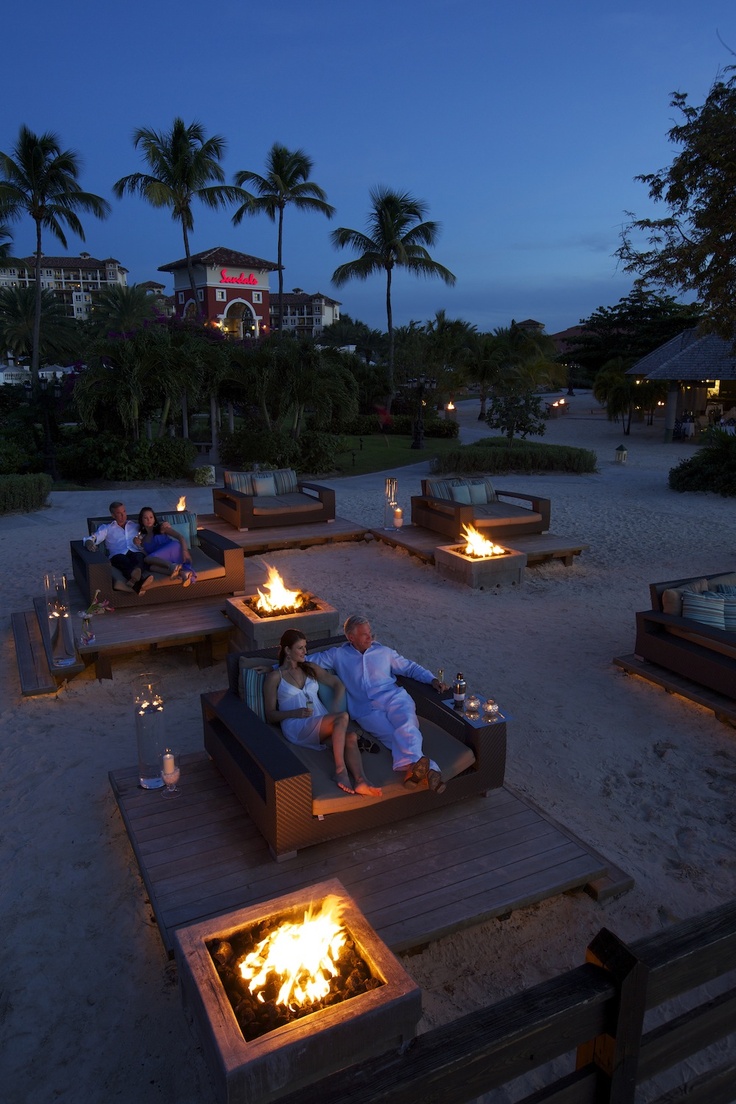
From English Harbor, back to St John’s, it’s just one perfect beach after another. Pigeon’s Point Beach is alive with local laughter. Carlisle Beach comes straight from a dream. Turners Beach is as calm as the sea can be. And Valley Church Beach is like warm medicine for the soul.
Conclusion
Some say there are 365 beaches in Antigua, one for each day of the year. But you won’t see every beach, don’t even try. Just take it easy, because the slower you move, the better you’ll feel. And Antigua is all about, feeling good.
For thousands of years, Antiguans have called this island, Waladli, which means “our place.” So come, set your mind to island time, and make it your place too.
